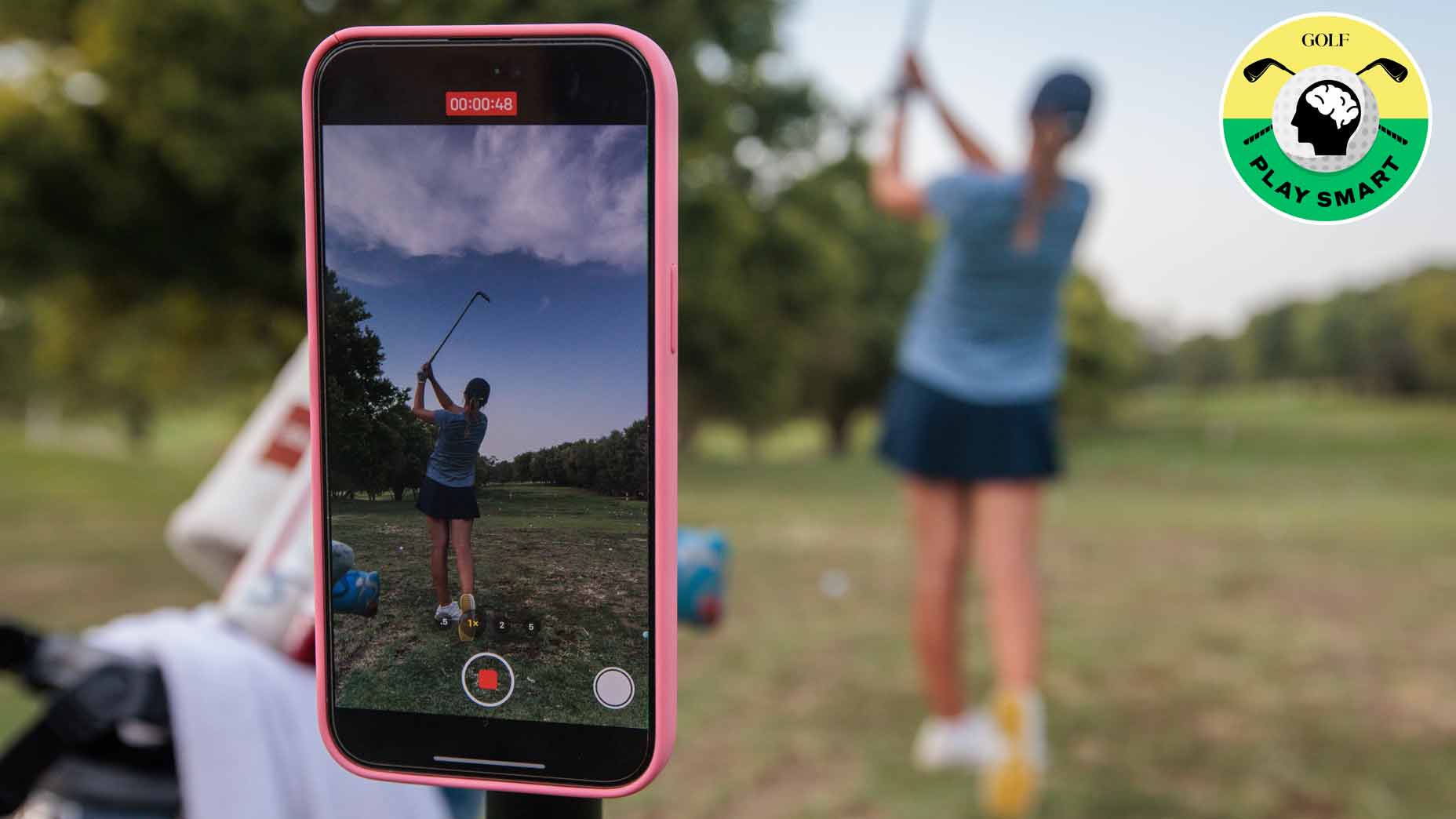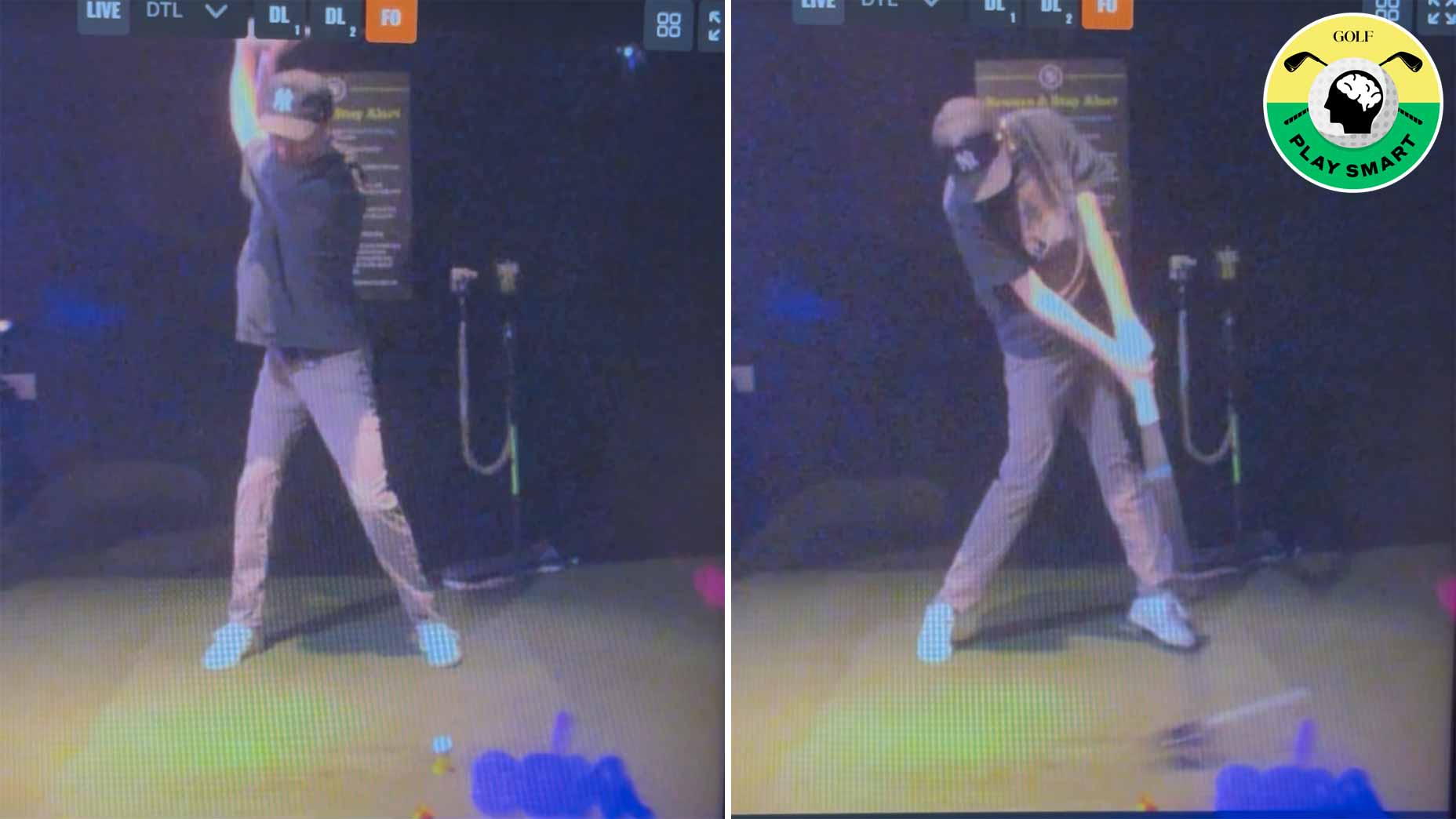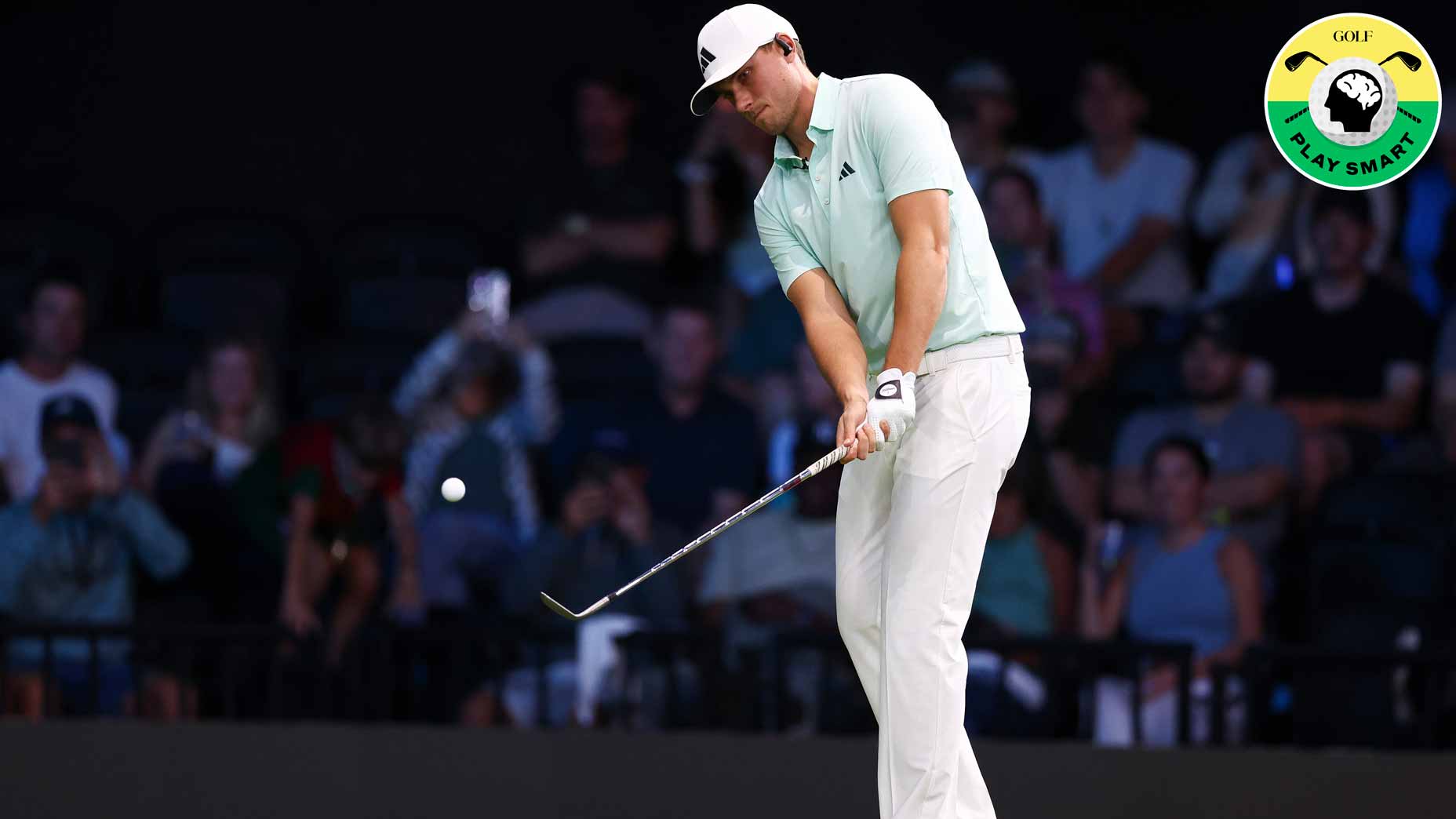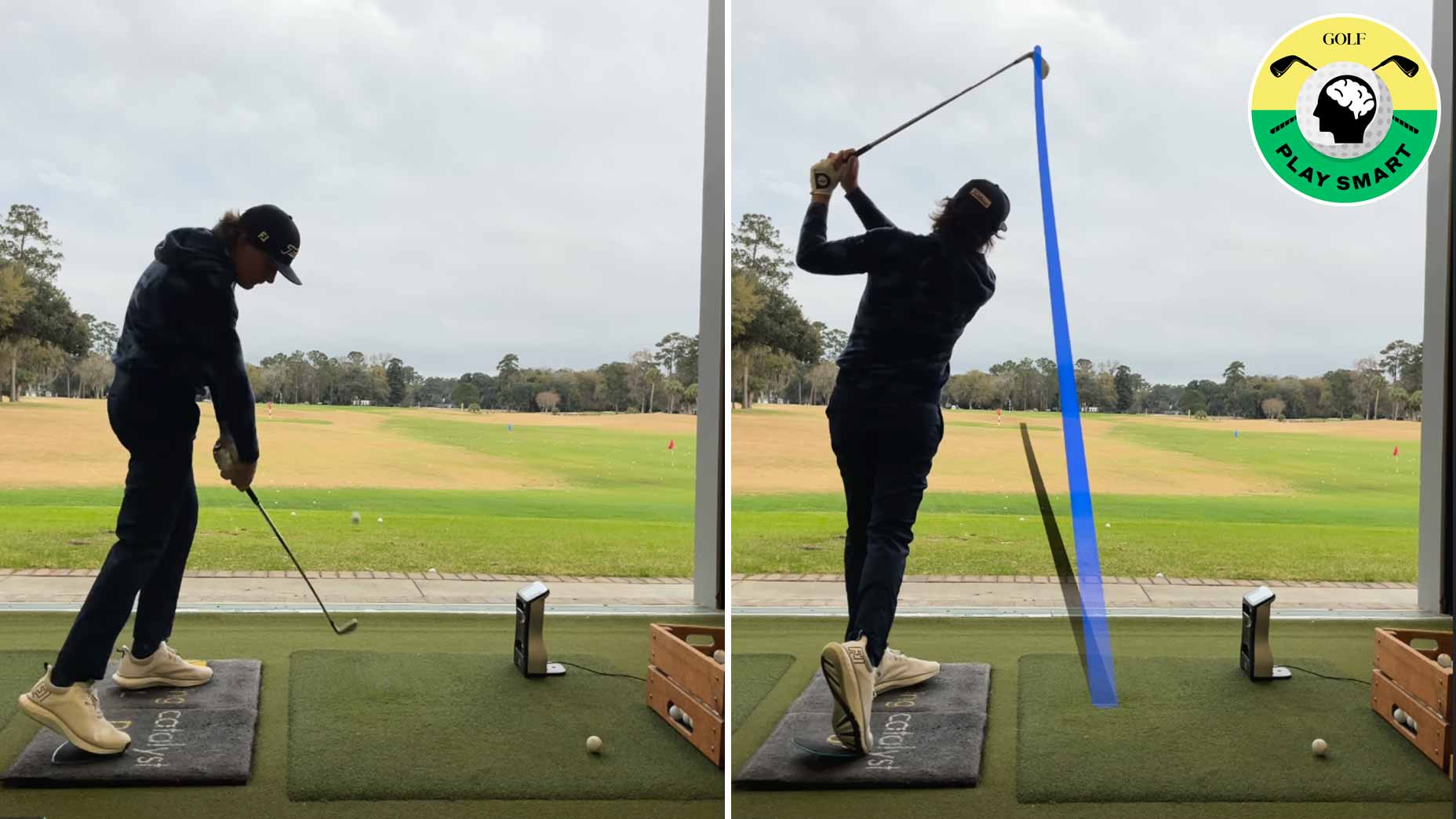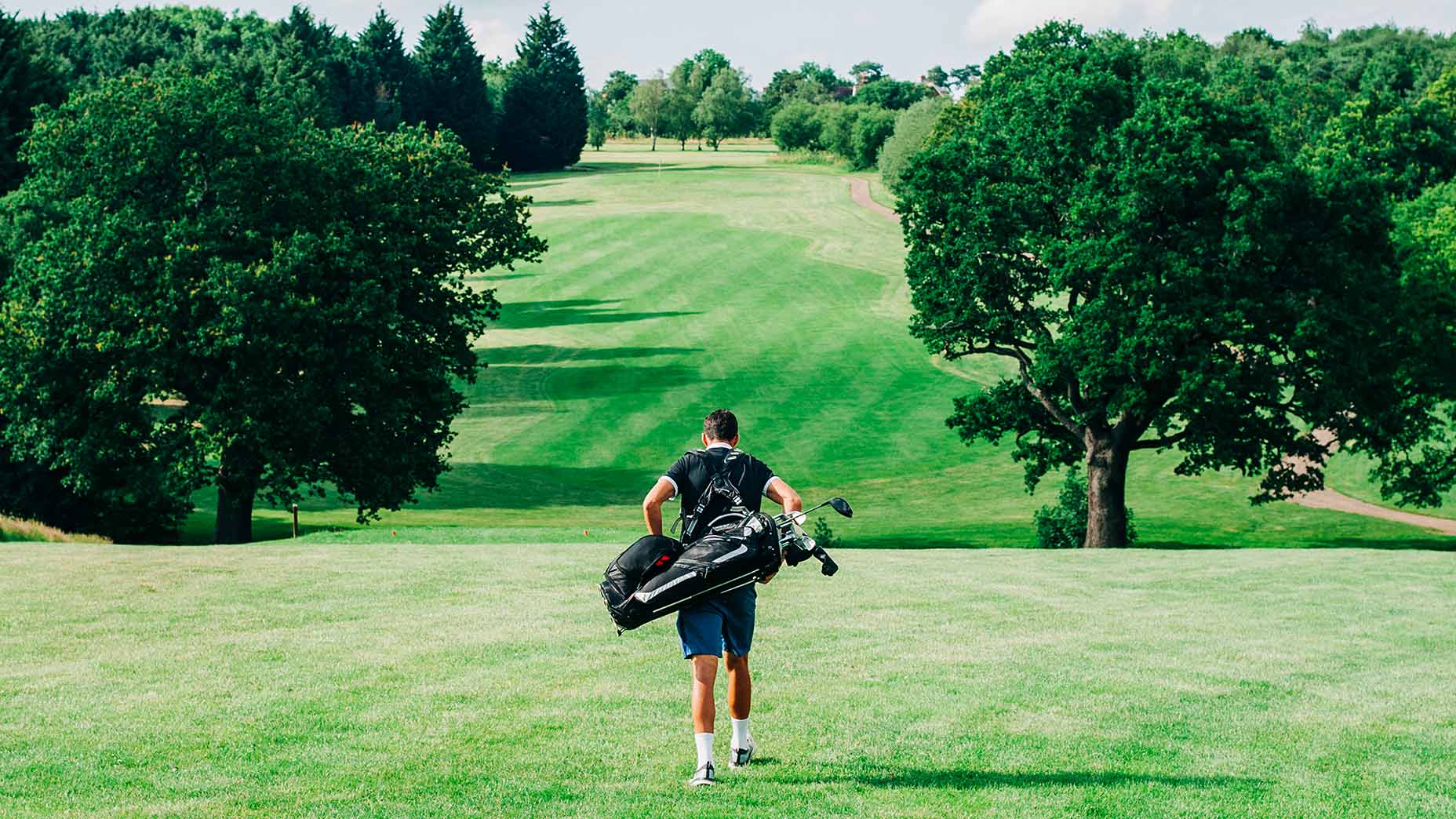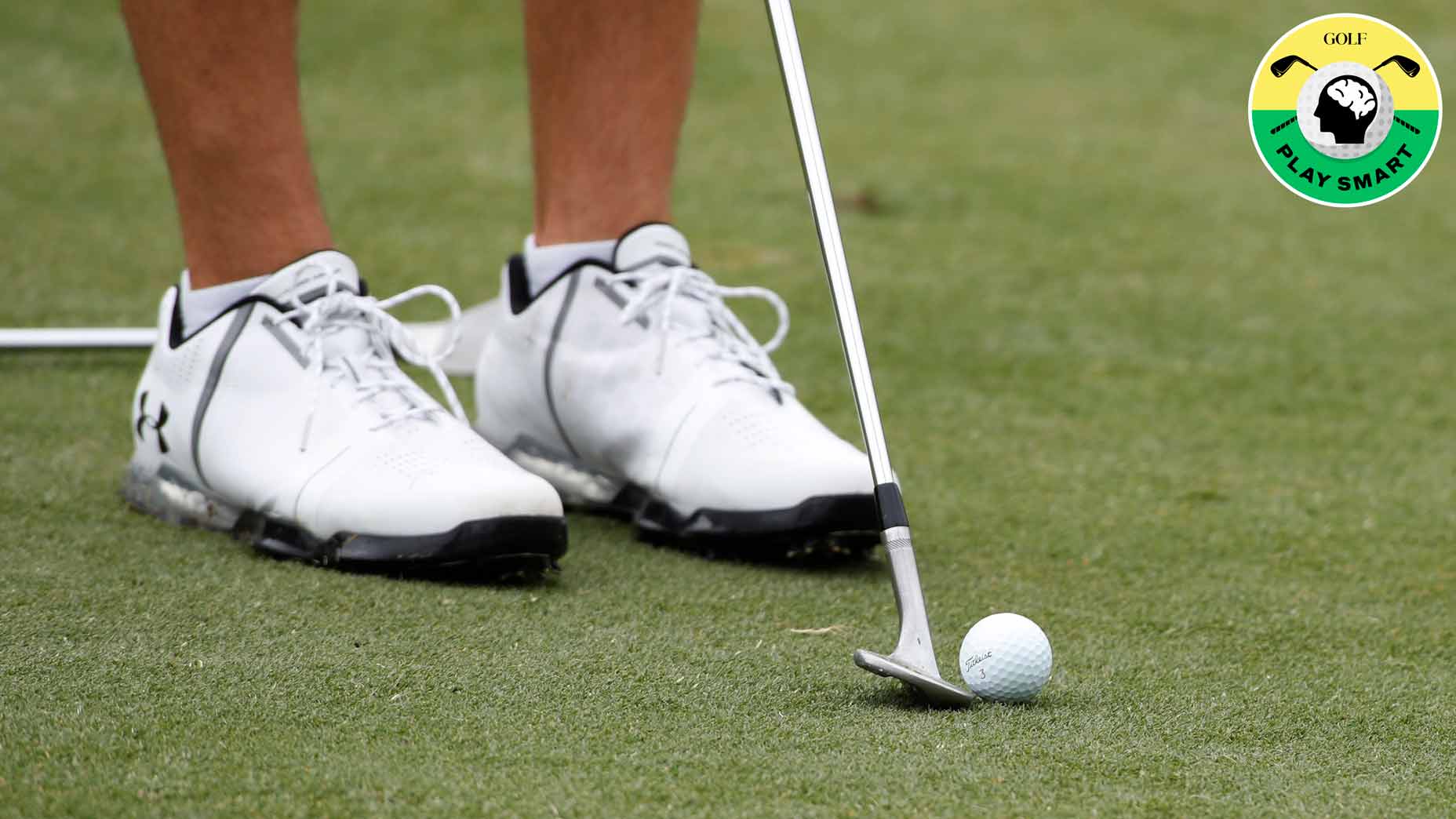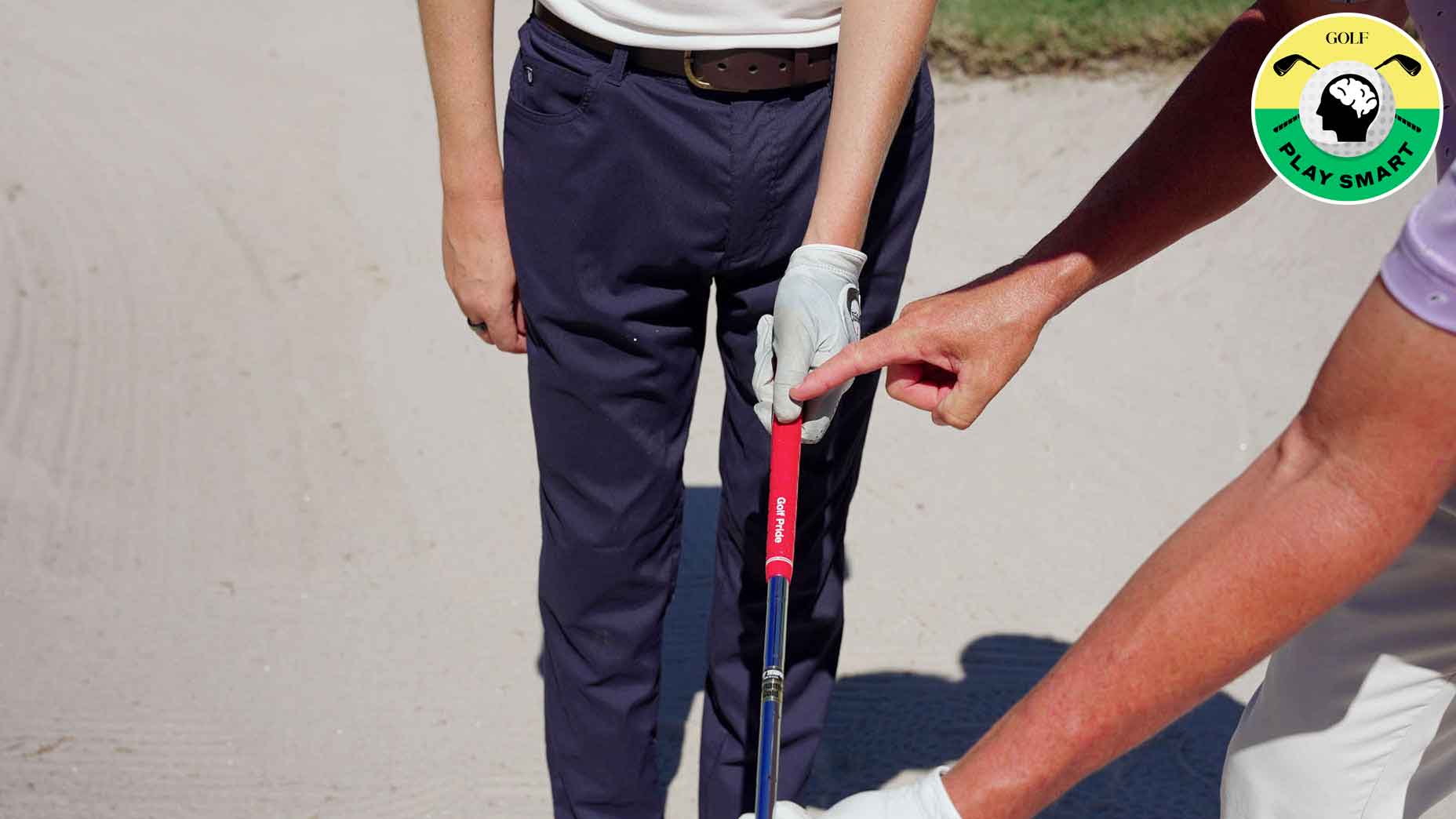Welcome to Play Smart, a regular GOLF.com game-improvement column that will help you play smarter, better golf.
When I recently went to visit with GOLF Top 100 Teacher Jonathan Yarwood, we got on the topic of training aids. There are products that claim to fix just about every ailment in your swing, but with so many options it can be hard to know what works best.
Like any teacher, JY has several products he likes and uses when he’s teaching. But the best game-improvement tool, he says, is in your pocket.
“Your phone is the best training aid you’ve got,” he tells me.
With the camera on your phone, you can learn tons about your swing — and figure out ways to improve it. But if you want to get the most out of filming your swing, you’ve got to know how to do it correctly.
How to film your swing
Filming your swing is a great way to diagnose flaws, but if you do it the wrong way, it can do more harm than good. How is this the case? It all stems from the angle you film from.
“Make sure you frame it properly,” Yarwood says.
When filming from down the line, you need to hold the camera in line with your hands. Some people will film even with the ball line (or your butt line), but when you do this it makes it difficult to see the club in certain positions during the swing.

The same rule of thumb applies when filming from the face-on angle. Once again you want to hold the camera at the height of your hands at address, and you want to be directly in front of your subject at a 90-degree angle.
As far as framing goes, make sure you can see your feet and the ball at the bottom of the frame. You also want to leave enough room at the top of the frame so you can see the entirety of the club and arms once you reach the top of the swing.
“Film it at full speed, but edit it just to the swing,” Yarwood says. “Frame it up nicely and then you can study what’s wrong with your swing.”
